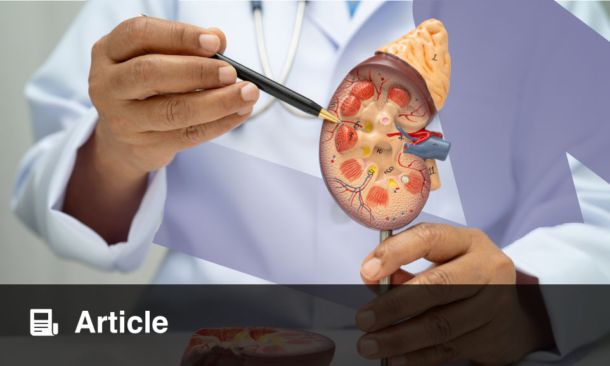A CRITICAL step towards the successful growth of replacement kidneys has been made through the identification of the cells responsible for the development of blood vessels within the kidney, as well as the blood that fills them.
Though researchers possess the ability to culture kidney tissue in laboratory conditions, the growth of whole, working kidneys has long been hindered due to an inability to artificially produce the vasculature required for a functional organ. However, a research team has now successfully identified the stem cells that develop into these vessels, providing a target to understand, replicate, and manipulate, which may eventually lead to the successful growth of complete organs.
“We are very interested in knowing how the kidney vasculature develops. It is crucial. You cannot have a kidney without its vasculature,” said Dr Maria Sequeira-Lopez, Child Health Research Center, University of Virginia, Charlottesville, Virginia, USA. “It is very easy to grow in culture the tubular part of the kidney but not the vessels. This will be key, will be crucial, if we are thinking of replacement therapy or making a functioning kidney in the future from cells from a patient. If we do not understand how the normal vasculature develops, we cannot reproduce or force cells to make it.”
The cells that form the outer layer of the vessels had previously been identified by Dr Sequeira-Lopez, and alongside her team, she has now identified the cells that form the inner layer, as well as an important molecule that acts as a precursor to the cells and regulates the development of the kidney vasculature. Further to this, the researchers also noted that as the kidney vessels formed, so did the blood they contained.
“A characteristic of this new precursor that we found is that it can also make blood cells. It not only makes the endothelial layer, the inner layer of the vessel, but it makes blood,” commented Dr Sequeira-Lopez. “So at the time you make a new blood vessel, it is not that it is empty, but it has its content in it – the blood cells are inside.” This is the first time this phenomenon has been observed in a developing kidney.
The discovery of the stem cells responsible for renal vasculature represents a critical development for successful kidney culture, and provides a promising platform for further work towards successful renal replacement therapy.
(Image: freeimages.com)





